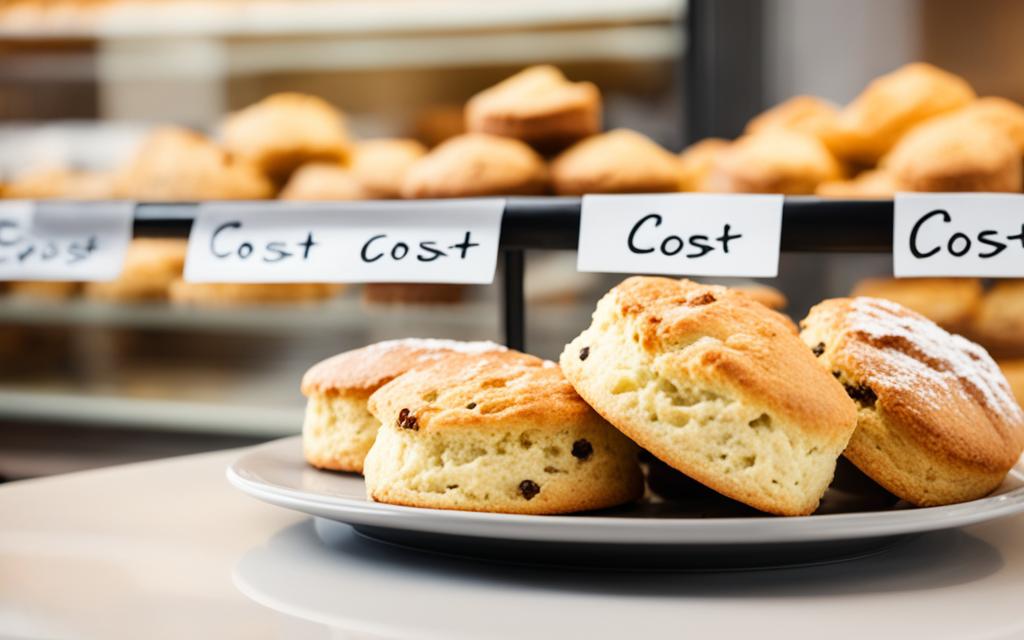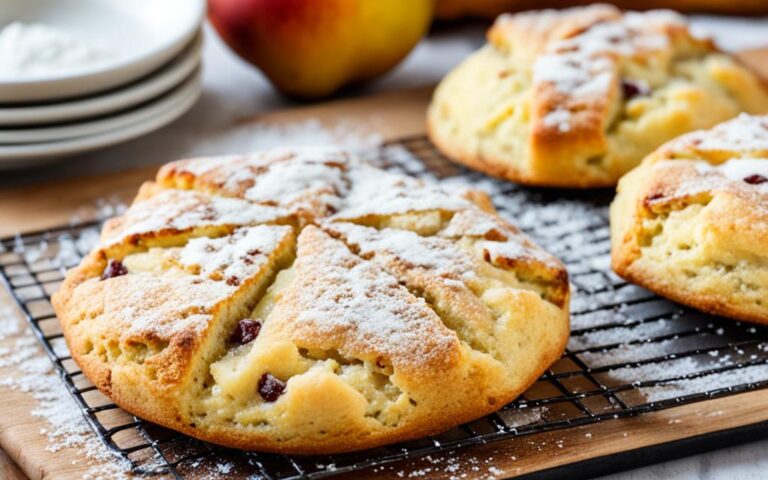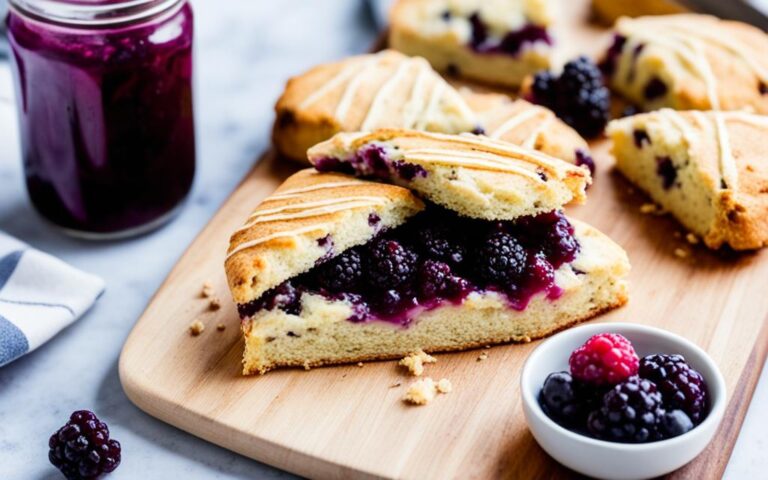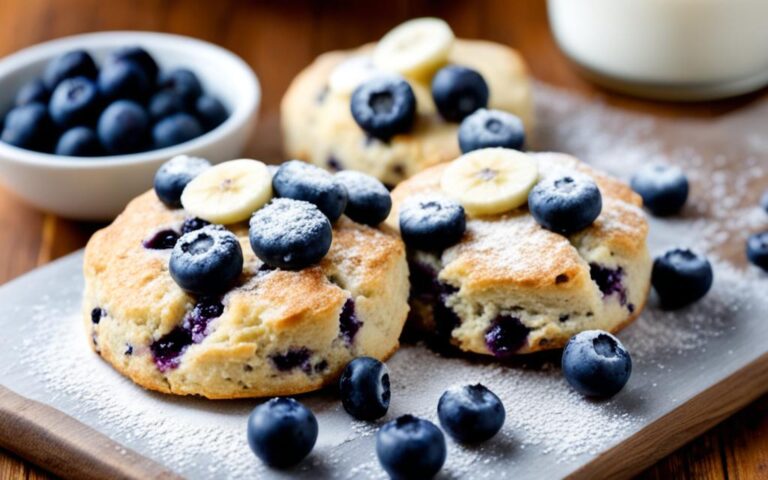Budget Analysis: The Cost of Scones
Views: 2
Looking into your food budget? Don’t forget scones. They’re a tasty treat for morning or afternoon tea. Yet, they might raise your expenses. Understanding the price of scones through *budget analysis* helps. It shows how to save money and still enjoy them.
This article digs into what affects scone costs. We’ll also share tips on managing your budget without missing out on taste. From ingredient costs to how they are made and sold, we cover it all. This info will help you make wise choices and still indulge in scones.
Now, let’s get into the nitty-gritty of scone costs. Knowing about *ingredients cost*, *production process*, and *market prices* is crucial. With this knowledge, you can pick or bake scones wisely.
Coming up, a *case study* will highlight realistic scenarios. It will compare budget estimations to actual spending. This *case study* is a peek into how businesses keep their budgets in check. They find ways to make *scone production* more affordable.
By the end of this, you’ll know all about scone costs. And how to use *budget analysis* to make cost-effective choices. Let’s explore the scone world together. Learn how to enjoy them while sticking to your budget.
Factors Affecting the Cost of Scones
Several key factors influence the cost of scones. Understanding these can offer insights into scone production costs.
Quality Ingredients at Varying Costs
The cost of ingredients is crucial. Premium flour, creamy butter, and fine sugar can raise production costs. Ingredient prices can vary, affecting scone prices.
The Production Process and Associated Expenses
The production process impacts pricing. Labor and equipment costs in making scones are significant. Skilled bakers’ wages and machine maintenance add to the final cost.
Fluctuating Market Prices
Ingredient market prices change. This is due to seasonality and supply-demand dynamics. These changes directly affect scone costs. Producers must adjust prices based on market trends.
To manage costs, scone producers consider ingredient costs, production, and market prices. This helps them price competitively while ensuring quality.
Case Study: Sunshine Foods
Let’s delve into a case study of Sunshine Foods, who make pumpkin scones. They planned to buy 14,750 pounds of pumpkin at $0.92 each. But, in January 2017, they actually got 16,000 pounds at $0.85 each. They thought they’d make 59,000 scones but made 200 more.
To understand Sunshine Foods’ costs, we look at flexible-budget variance, price variance, and efficiency variance. The flexible-budget variance shows the difference in costs for the actual production level. Price variance is the cost difference per unit, and efficiency variance is about the amount used versus planned.
By studying the actual and planned costs and the flexible-budget variance, Sunshine Foods can identify how to reduce costs. This helps them plan their budget better in the future.
We don’t have the exact numbers for Sunshine Foods’ scone cost variances. The case doesn’t detail costs like ingredients and labor. It also doesn’t compare these to past data or industry standards. Nor does it say how often these variances happen at Sunshine Foods.
Yet, with industry data, we can deeply analyze Sunshine Foods’ scone budget. This lets them make smarter choices and manage costs better.
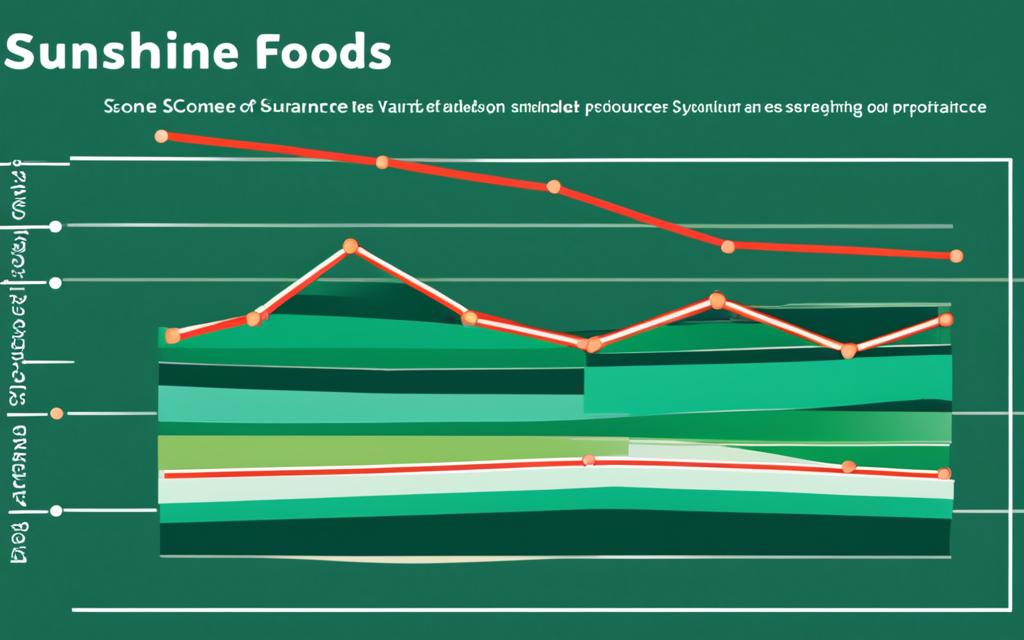
Understanding cost analyses is vital for companies. The Sunshine Foods case shows how closely examining cost can improve budgeting and profit.
Conclusion
Knowing how much scones cost is crucial for good budgeting. When we look at what affects their price and learn from businesses like Sunshine Foods, we can spot ways to save money. This helps us improve how we set prices. Whether scones are a treat for you or part of your business, understanding their costs is key. It lets you make smart choices and manage your money better.
To save money effectively, find cheaper ingredients and make scones more efficiently. Also, think carefully about how much to charge based on who you’re selling to. This attracts customers while also making sure you earn a profit.
Managing a budget isn’t just about reducing costs. It’s about spending wisely to get better value. By grasping the economics of making scones, you can decide with confidence. Enjoy your scones and reach your financial targets!
FAQ
How is the cost of scones determined?
Many things affect the cost of scones. This includes how much the ingredients cost, the expenses of making them, and the market prices.
What factors contribute to the cost of scones?
Ingredients like flour, butter, and sugar impact the cost. So do labor and the equipment used in making them.
Can the cost of scones vary?
Yes, the price of scones can change. This happens because of ingredient quality, their availability, and market prices.
How can analyzing the cost of scones help in budget management?
Knowing the cost helps manage budgets better. It shows where you can save money and how to set good prices.
Can you provide an example of how the cost of scones is analyzed in practice?
Sure! Sunshine Foods compared their budgeted and actual costs for buying pumpkin and making scones. They looked at the differences to see how well they did with their budget.
What can I learn from analyzing the cost of scones?
Studying the cost of scones teaches you about pricing and spending. It helps you make smarter money choices and avoid wasting your budget.

